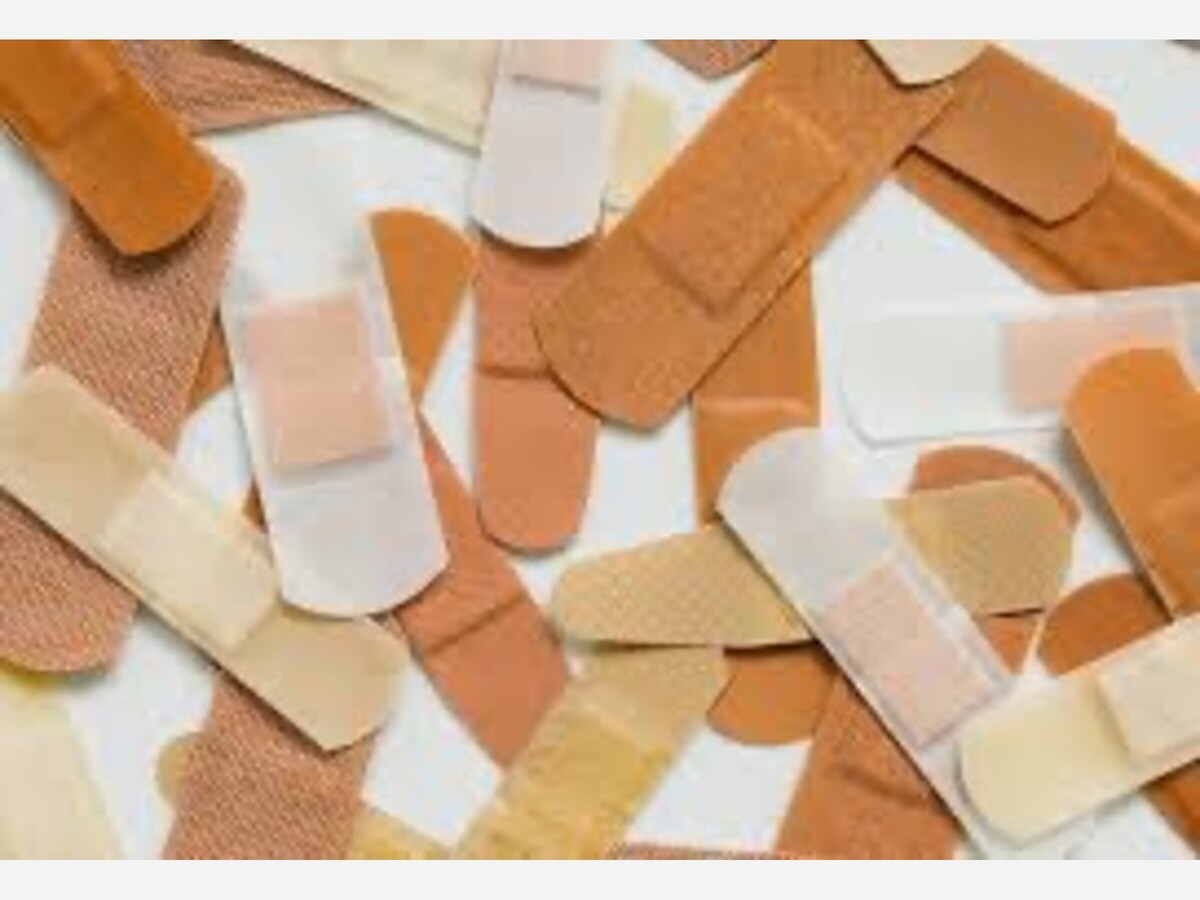Image


Bandages—those seemingly innocuous strips of fabric that help heal our wounds—may harbor a surprising danger: per- and polyfluoroalkyl substances (PFAS), commonly known as “forever chemicals.” These compounds have gained notoriety due to their persistence in the environment and potential health risks.
PFAS are a class of synthetic chemicals used in various industrial and consumer products. They earned the nickname “forever chemicals” because they don’t break down easily and can persist in the environment for a long time.
There are over 12,000 types of PFAS, and they’re found in everyday items like food packaging, cleaning products, and even rainwater.
A recent study commissioned by Environmental Health News (EHN) and the consumer watchdog site Mamavation analyzed 40 different bandage products from various brands.
Shockingly, 65% of these bandages contained signs of PFAS chemicals. These compounds can be present in both the absorbent pad (which goes directly over the wound) and the adhesive flaps.
The purpose of adding PFAS to bandages is to resist moisture and enhance adhesive properties. However, this seemingly harmless feature comes with potential risks.
The health consequences of PFAS exposure are still not fully understood, but the Environmental Protection Agency (EPA) has linked them to several issues:
Increased risk of certain cancers
Decreased fertility
High blood pressure in pregnant individuals
Developmental delays and low birthweight in children
Hormonal disruption
High cholesterol
Reduced effectiveness of the immune system
Here’s the alarming part: When you apply a bandage to an open wound, any PFAS present can directly enter your bloodstream.
Bandages are a potential gateway for these persistent chemicals. As we continue to learn more about PFAS, it’s crucial to advocate for safer alternatives and raise awareness about their presence in everyday items.
According to Scott Belcher, associate professor with the Center for Environmental & Health Effects of PFAS at North Carolina State University, "Bandages...may have an organic fluorine content due...use of fluoropolymers...such as polytetrafluoroethylene." Separately, the report said consumer products tested for PFAS included contact lenses, tomato sauces, sports bras, butter wrappers, fast food packaging, diapers, condoms and deodorants.
Where is PFAS banned?
Apparel-Clothings: CA, CO, ME, NY and VT have enacted phase-outs of PFAS in apparel.
Carpets/Rugs: Eight states including CA, CO, ME, MD, MN, NY, VT, and WA have adopted restrictions on PFAS in carpets, rugs, and/or aftermarket treatments. Cleaning Products: CO, ME, and MN have enacted phase-outs of PFAS in cleaning products.
What countries are affected by PFAS?
Australia, China, the United States and parts of Europe are hotspots of high concentrations of PFAS. A separate study published just last year found that almost half of the tap water flowing into U.S. homes was estimated to have one or more PFAS.
Image sourced from Google images